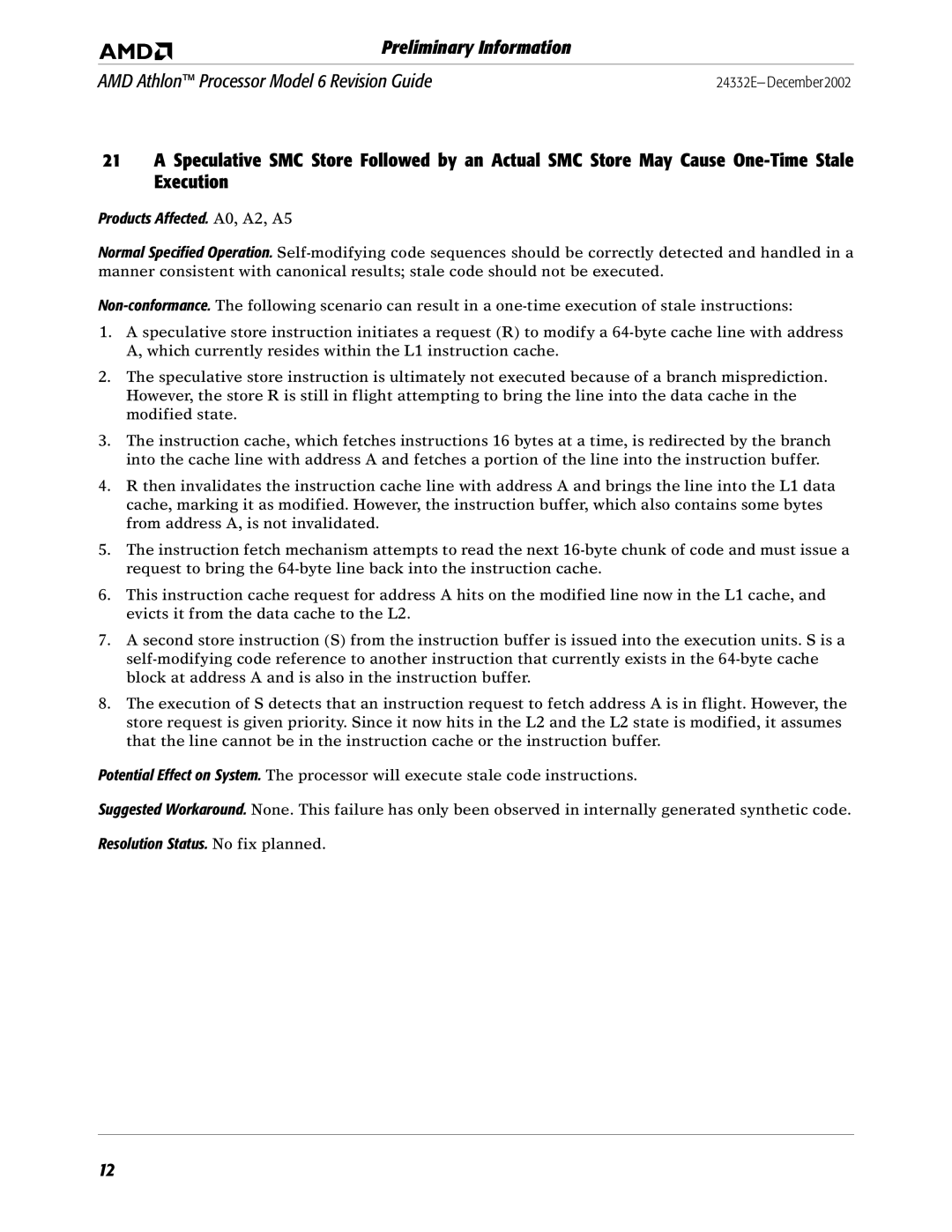6 specifications
AMD's Ryzen 6000 series, known for its impressive performance and energy efficiency, stands as a significant advancement in the realm of high-performance computing. Launched in early 2022, this series is built on the cutting-edge Zen 3+ architecture, which utilizes TSMC's 6nm process technology. This allows for increased transistor density and efficiency, resulting in better overall performance without drastically increasing power consumption.One of the standout features of the Ryzen 6000 series is its support for DDR5 memory, which offers higher speeds and bandwidth compared to its predecessor DDR4. This upgrade ensures that users can leverage faster memory speeds, enhancing data transfer rates and overall system responsiveness. Additionally, the series comes equipped with support for PCIe 4.0, allowing for lightning-fast data transfer rates with compatible devices such as SSDs and graphics cards.
A major highlight of AMD's Ryzen 6000 series is the integrated RDNA 2 graphics architecture. This development means that users can enjoy commendable graphics performance without the need for a dedicated GPU, making it an ideal choice for ultrathin laptops and budget systems. The RDNA 2 architecture brings improved performance per watt, enabling better gaming experiences and content consumption capabilities.
The Ryzen 6000 series also incorporates FSR (FidelityFX Super Resolution), AMD's advanced upscaling technology that enhances frame rates in games while maintaining visual fidelity. This feature enables gamers to achieve higher performance without sacrificing graphics quality, pushing the limits of what is possible in mobile gaming.
Moreover, these processors feature an enhanced security suite with hardware-level protection against potential threats. The inclusion of technologies like Windows Hello support with integrated biometric security, alongside secure boot features, ensures that users have a secure and trustworthy computing environment.
In terms of power efficiency, the Ryzen 6000 series has made significant strides, with improved battery life for laptops and mobile devices. This efficiency is crucial for users seeking powerful yet portable solutions that can last through the day without needing frequent recharges.
In summary, AMD's Ryzen 6000 series showcases a blend of innovative technologies, impressive performance, and exceptional efficiency. With features such as DDR5 support, integrated RDNA 2 graphics, advanced upscaling with FSR, and enhanced security measures, it solidifies AMD’s position in the competitive landscape of processors, providing both gamers and professionals with robust solutions tailored to their needs.

